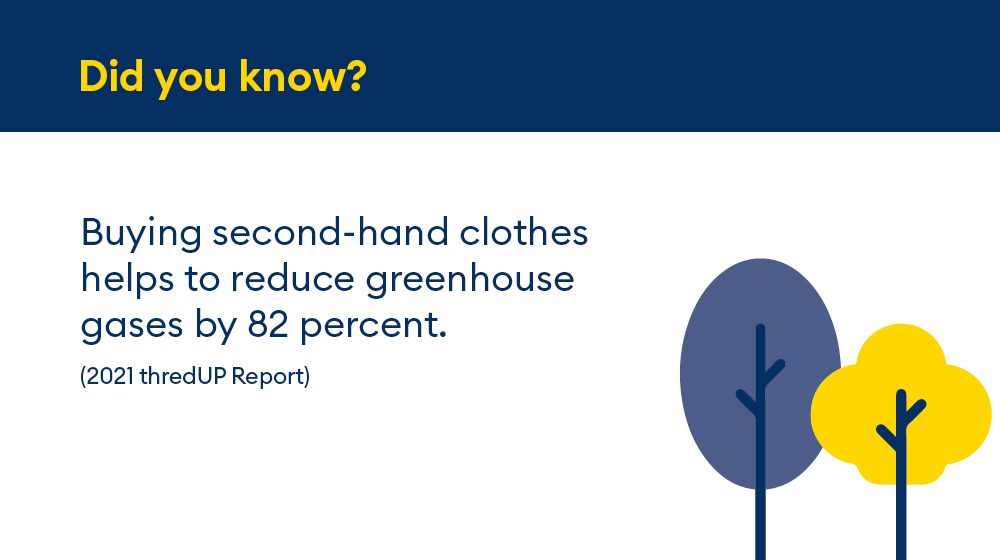Share
Ready to take on the responsible consumption challenge?
This Little Guide to Responsible Consumption offers tips and tricks on buying less and buying better. It’s also a challenge: to create a capsule wardrobe made up of a maximum of 40 pieces of clothing per season. You’ll kill three birds with one stone: take some pressure off your wallet, free up space in your closet, and reduce your environmental impact.
In this guide:
 Creating a capsule wardrobe for consumption for good
Creating a capsule wardrobe for consumption for good
 Buying responsibly
Buying responsibly
 Recycling and upcycling
Recycling and upcycling
 Buying better
Buying better
Download the guide










